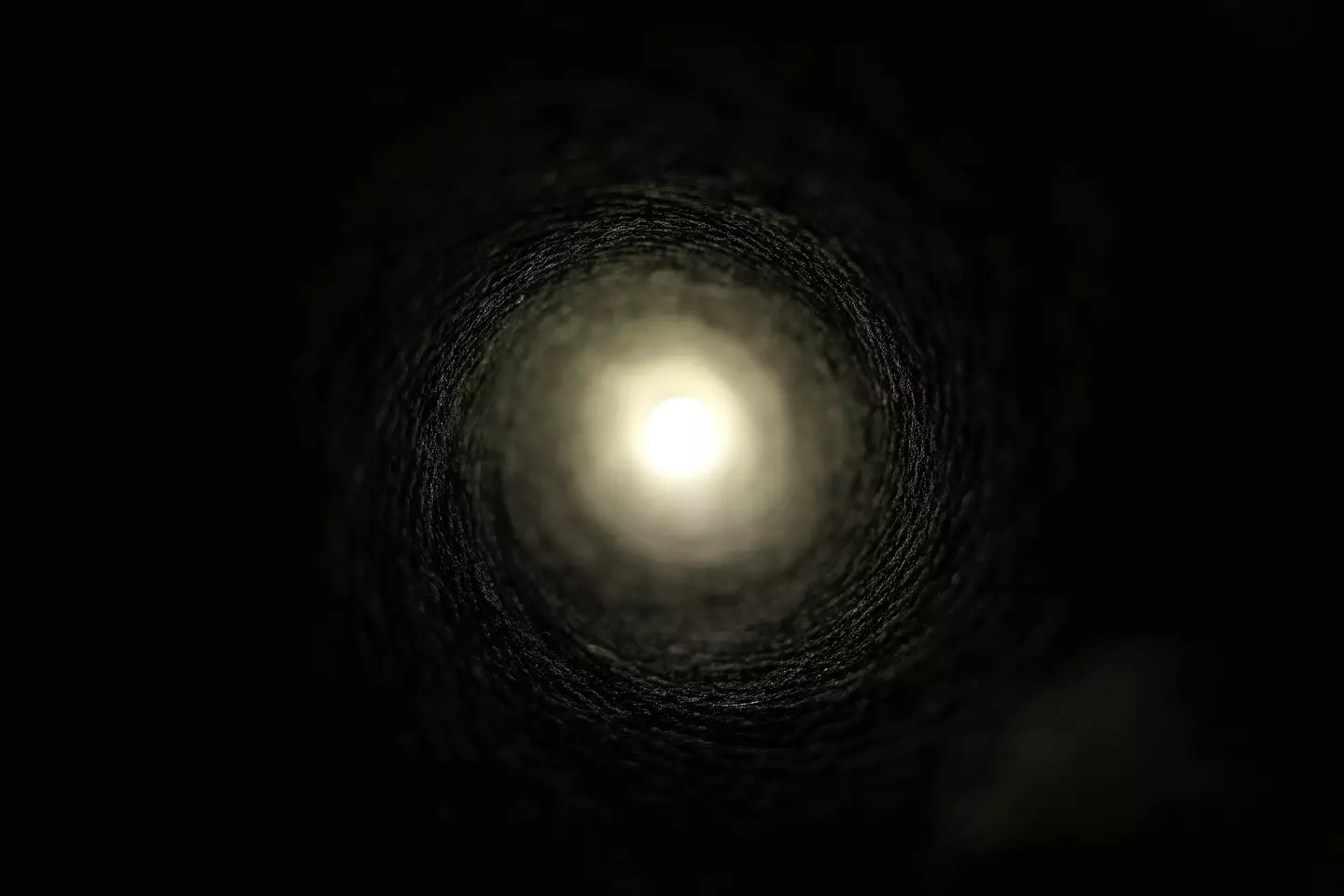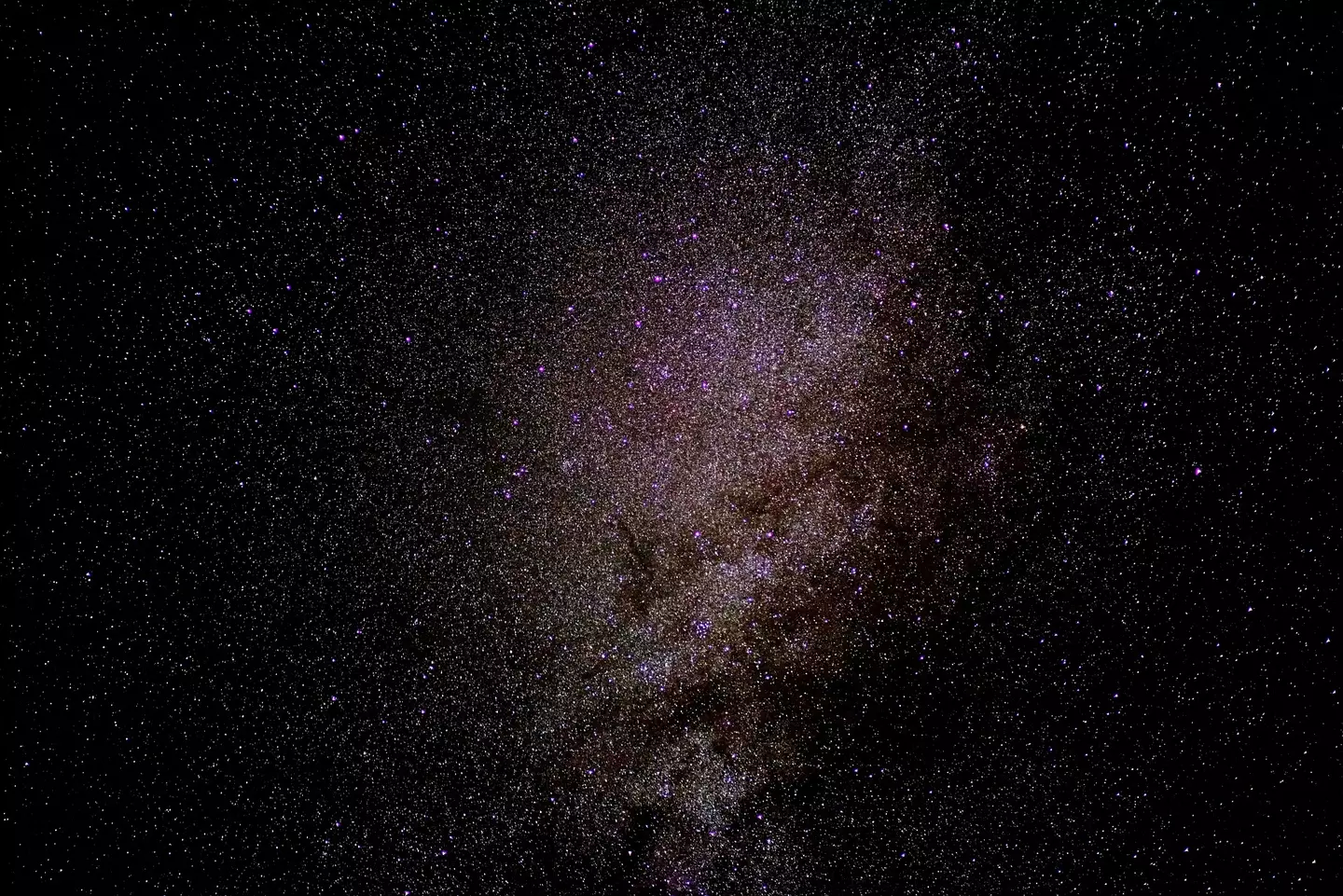.png)
Scientists have revealed that a galaxy known as PBC J2333.9-2343 has been reclassified following the discovery of a supermassive black hole that's currently facing towards our own solar system.
It is believed the galaxy is around 657 million light-years away and was initially classified as a radio galaxy. However, scientists quickly realized that it had, in fact, rotated to point its center towards Earth.
The report came from the Royal Astronomical Society on Tuesday (21 March) where spokesperson, Dr. Lorena Hernández-García said: “We started to study this galaxy as it showed peculiar properties.
"Our hypothesis was that the relativistic jet of its supermassive black hole had changed its direction, and to confirm that idea we had to carry out a lot of observations,”
Advert

“The fact that we see the nucleus is not feeding the lobes anymore means that they are very old. They are the relics of past activity, whereas the structures located closer to the nucleus represent younger and active jets.”
As of yet, scientists are unsure what has caused the change in direction, though it is possible that galaxy PBC J2333.9-2343 had collided with another galaxy and this is the cause of the 90 degree shift.
Currently, it is unclear how this shift could affect our own galaxy.
Researchers at the Royal Astronomical Society have since added that the galaxy stretches almost 4 million light-years wide, making the black hole a whopping 40 times the size of the Milky Way.
As well as the tilt-shifted black hole, there are other threats that the Earth faces. Recent data has found three near-Earth asteroids (NEA) located in the inner solar system that could pose a serious risk to our planet and solar system.

Lead author and astronomer Scott Sheppard said in a NOIR Lab press release on Monday (20 March): “Our twilight survey is scouring the area within the orbits of Earth and Venus for asteroids,”
“So far we have found two large near-Earth asteroids that are about 1 kilometer across, a size that we call planet killers.”
Only a year ago, scientists were alerted to the existence of another black hole. It was discovered by the European Southern Observatory's Very Large Telescope and was seen to be affecting the motion of a nearby star.
The star that was being affected is roughly five times the size of our sun, located in a cluster known as NGC1850. However, this one isn't as large as the one discovered to be facing us on Tuesday.
Topics: Science, Technology